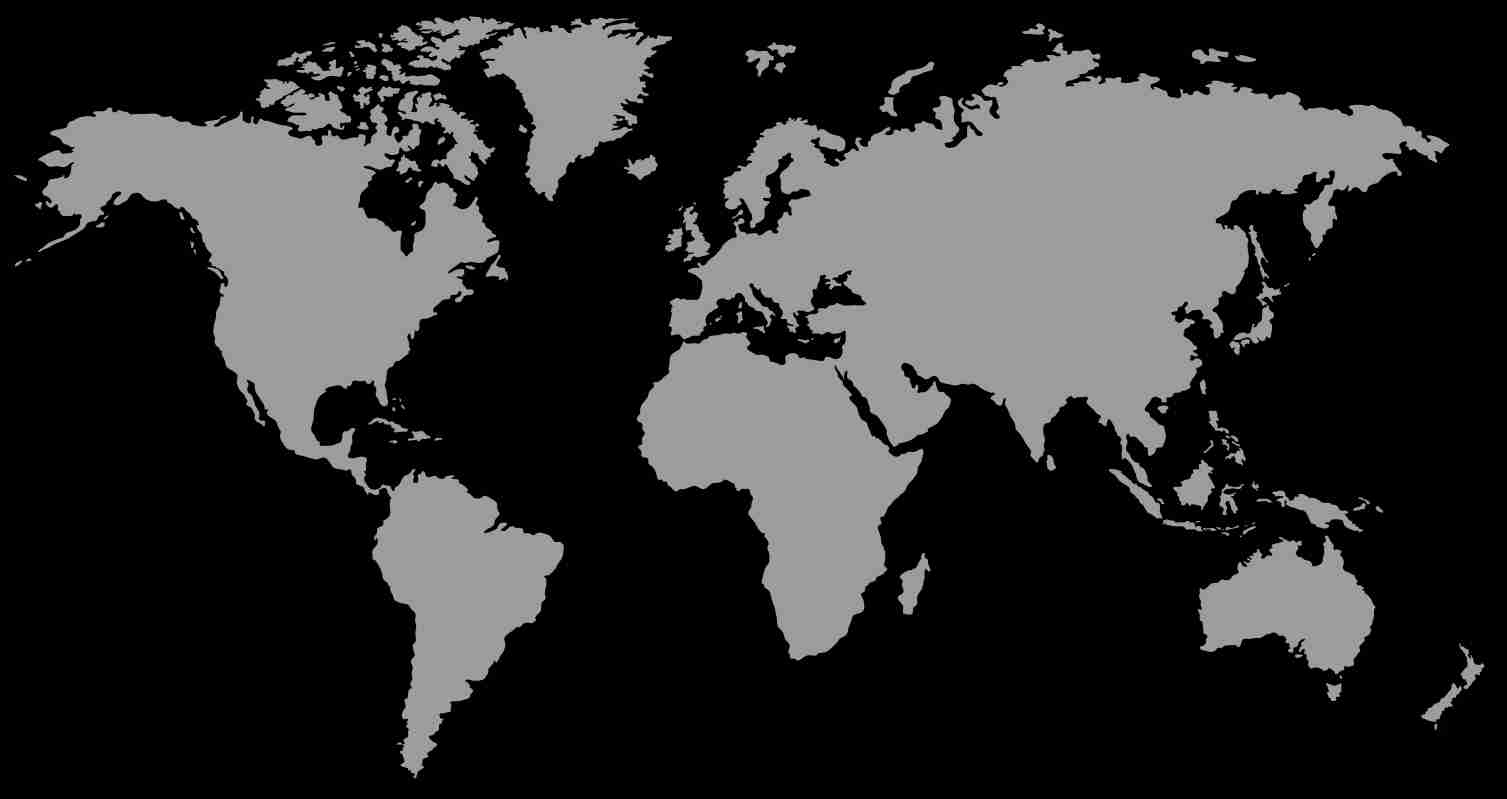
Peru and Bolivia wildlife & animals
If you think llamas are the only wildlife you’ll see in Peru, then think again! Whether it’s penguins and sea lions off Lima’s coast, monkeys and tropical birds in the Amazon, or massive condors soaring overhead in Peru’s famed Colca Canyon, Peru is home to an incredible diversity of wildlife.
Here at Rickshaw, we’re always striving to ensure your travel experience not only has a positive impact on you but also on the destinations you go to and the animals that are native to them. Read on to discover more about some of the creatures you can expect to encounter in Peru, what part you can play in helping them and how to be an animal-friendly traveller while you’re there.
Birds
Condors are the largest flying bird in the world, growing up to an average size of just over 1 meter. If you are taking a trip to the Colca Canyon, you’ll be sure to see them drifting through the area. Follow these simple tips to minimise interference with wild birds during your Peru trip:
- Avoid disturbing their nests
- Don’t feed them (you may see fruit left out for them at your accommodation, but this should be left to the hotel)
- Stick to any advice given by your guides when out wildlife spotting


Monkeys
Peru’s wildlife boasts 32 known species of monkey, many of which are found in the Amazon – so if you are planning an Amazon adventure, be sure to keep your eyes peeled! Here are a few handy hints to keep in mind while you’re travelling:
Keep a respectful distance
It might be oh-so-tempting to get up close and personal, but there are a few reasons why you should keep a healthy distance from these cheeky animals. The idea behind rehabilitation is to de-normalise human contact and prepare the animals for life in the wild, so it’s best to avoid reaching out, waving or displaying any humanised body language.
What’s more, to minimise the risk of injury (to yourself and the monkey) it’s best to keep your distance – a human can transmit a disease to a primate from 5 metres away.
Don’t feed them
Feeding them your own ‘treats’ will only encourage an unhealthy dependency on human contact so be sure not to leave food lying about outside your room and clear away your rubbish.
Say no to ‘photo propping’
Sadly, monkeys are often poached from the wild and sold into the pet trade. In the event you come across a captive monkey during your travels, be sure you don’t encourage the owner by paying for a photo opportunity. If you’re at all concerned about something you’ve observed relating to Peru’s wildlife or animals, you can report it to your Travel Specialist, or World Animal Protection.
Sea Lions
Take a speedboat through the mist to the Ballestas Islands, known as the ‘Mini Galapagos’. Here, you’ll find sea lions in their natural habitat, as well as penguins, pelicans and a wide array of other species! On our sea lion bite-sized trip you will circle the islands by boat, allowing you to observe these playful animals splashing around in the wild – the perfect opportunity to get your camera out!

Do more for marine life in Peru
Want to do more for marine life when you travel to Peru? Here are a few tips:
Pick up your litter
Remember the golden rule of responsible travelling: leave nothing but footprints! Marine life – particularly turtles – are sometimes found caught up in plastic waste and netting as they often mistake plastic bags for delicious jellyfish. If you spot litter on the beach or in the sea, be a dear and pick it up.
Don’t be tempted to touch!
It might be tempting to get that perfect underwater-selfie, but remember, even sea creatures appreciate a little personal space. And the same goes for coral too. Reefs are a delicate eco-system playing host to an abundance of marine life.
Coral is highly susceptible to environmental changes, bleaching and the effects of blast-fishing so, to avoid causing any further damage, make sure you always mind your step when swimming or snorkelling.
Leave what you find in the sea
Would you go into a stranger’s home and nick their furniture? Or raid their fridge? Of course not! The sea is home to some wondrous creatures, but it’s important to respect the underwater eco-balance. The only thing to take is photos and there are lots of wonderful opportunities to take loads of these!
For even more Peru travel tips, head to our inspiration page below.
Where to see wildlife in Peru

Take a peek at some of our favourite Peru itineraries

Wildlife in Bolivia
At first glance Bolivia might not be the most obvious place for wildlife spotting, but head out into the Bolivian Amazon and you’ll be seriously impressed. It’s quite a contrast journeying from the stark emptiness of the salt plains into the teeming jungle of the Amazon. Below are a couple of trips that are ideal for spotting wildlife in Bolivia.

Swimming with the caimans
You might surprised to find lush tropical jungle in mountainous Bolivia. But it’s here, and it’s teeming with wildlife. Head deep into the Bolivian Amazon to a community run eco-lodge. Search for Caimans, swim in the clear lakes and fall asleep to the sounds of the jungle.
Pampas and piranhas
This unusual trip will take you further into the Bolivian Amazon to an area that few tourists visit. Listen to the calls of howler monkeys, spot pink river dolphins and sleep under the stars in a cosy tent in the Bolivian Pampas.

